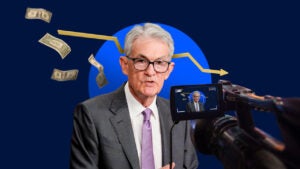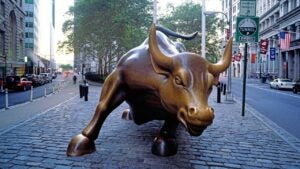Survey: Experts see a big slowdown in job growth as hawkish Fed raises rates
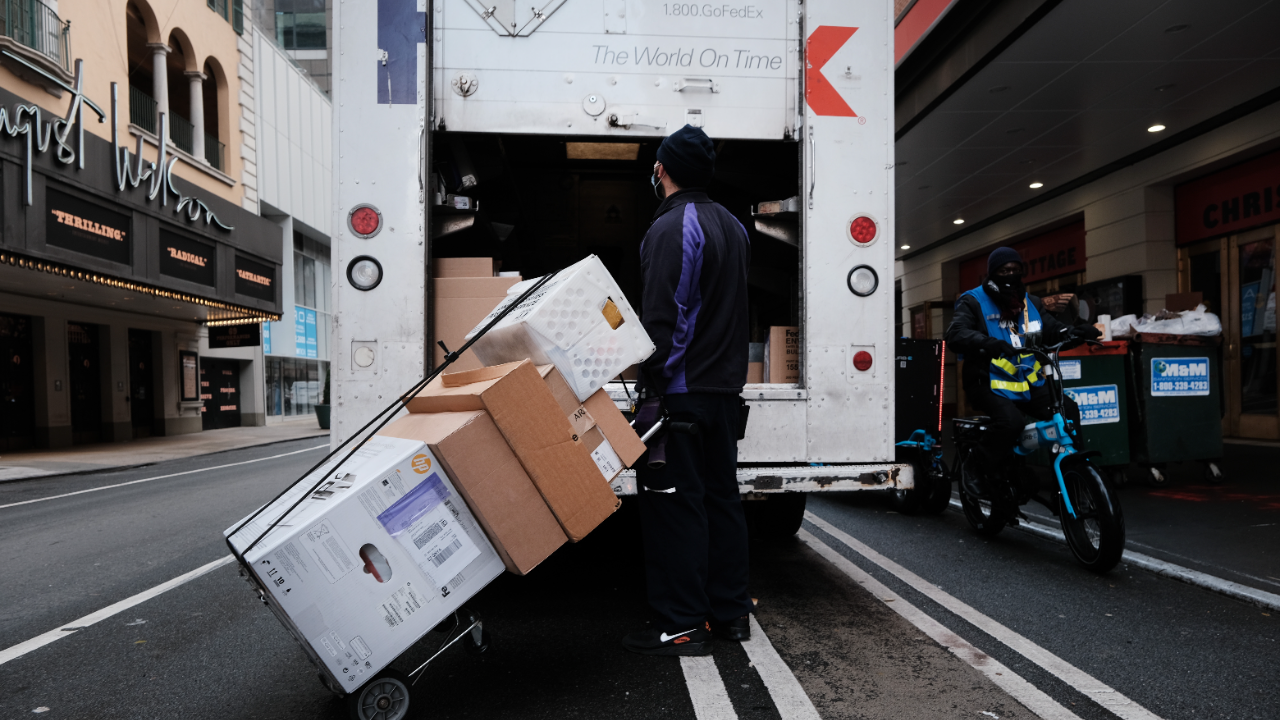
Americans can expect a robust labor market over the next year, but job creation is bound to slow as the economy loses some momentum and the worker pool remains tight.
That’s according to economists polled for Bankrate’s First-Quarter Economic Indicator poll, which projects that employers should add an average of 281,000 new jobs each month between now and March 2023 — almost two times slower than the previous 12-month pace of 556,000. Only one economist predicted that job gains would pick up, the poll found.
Even so, Americans are unlikely to have to spend a long time hunting for a new job, welcomed news amid elevated uncertainty surrounding inflation, the Federal Reserve and the conflict in Ukraine.
The majority (or 58 percent) of experts say joblessness should sink even further from its current 3.8 percent level by March 2023, while just 37 percent expect the national unemployment rate to rise. On average, economists see a 3.67 percent unemployment rate, which would be close to the pre-pandemic low of 3.5 percent.
“During this time of elevated uncertainty, we can extract some comfort from the fact that the U.S. is either close to — or at — full employment,” says Mark Hamrick, Bankrate senior economic analyst and Washington bureau chief. “While less than optimal for employers, that provides a constructive springboard for many individuals and households to derive income and to strive to achieve their financial objectives.”
Forecasts and analysis:
- There’s a 33% chance a recession is on the way, according to top economists
- Experts see a big slowdown in job growth as hawkish Fed raises rates
- More than half of economists say surging inflation will climb much higher than expected
What’s expected to happen with the job market this year
Assuming that economists’ forecasted pace comes to fruition, the U.S. economy will have recovered all of the nearly 22 million jobs lost to the pandemic by November — almost two and a half years since the coronavirus-induced recession. By March 2023, employers would also have roughly 1.5 million more jobs than they did before the downturn.
While that would be a significant milestone, the long-awaited recovery is still likely to be short of where the labor market would’ve been had the outbreak never occurred. If employers maintained the same job-creation pace that prevailed between February 2018 and February 2020, the U.S. economy would have roughly 5.6 million more jobs by then.
“Even though we will be back to the pre-pandemic employment level this year, we’ll still be below the pre-pandemic trend,” says Robert Frick, corporate economist at the Navy Federal Credit Union. “Of course, risks abound, especially if inflation continues at a high level, requiring the Fed to severely raise rates and cool off the economy.”
Job creation forecasts have slowed for the past four survey periods. During the first quarter of 2021’s poll, economists expected employers to add 376,000 jobs between March 2021 and March 2022.
“Job growth over the next 12 months will look more like previous expansions compared to the past year and half,” says Scott Anderson, executive vice president and chief economist at Bank of the West. “The easiest reopening job gains are now behind us.”
Part of the reason why job gains are expected to slow is because the labor force remains historically tight. Employers have had a near record number of job openings for 13 straight months, and the job-filling rate is at its lowest level in history, according to data from the Department of Labor.
Part of that’s tied to what experts dub a “Great Reshuffling” of work, with the share of employed workers quitting their jobs at a near-record high. Experts say they’re likely switching jobs amid a worker shortage, given that labor force participation is at its lowest level since 1977.
“The labor market is extremely tight,” says Kathy Bostjancic, chief U.S. economist at Oxford Economics. “In order for employment to continue to expand, the labor force participation rate must rise.”
Employers are already boosting wages to lure more workers. Firms wage and salary costs jumped 5 percent in the year through December 2021, after climbing 2.8 percent in the prior year.
Higher salaries might entice people to come back to work, but so could inflation, which has put a significant financial strain on Americans’ purchasing power after rising at the fastest rate in 40 years.
As the labor force grows, employers might not have to fight as hard to attract more workers, while higher interest rates could also tap the brakes on job creation and economic growth. Economists say jobseekers shouldn’t find it hard to find a new position by this time next year, though they might not have as much leverage, meaning slower wage growth.
“The gradual shift in power from jobseekers back to employers may be accelerated by the economic uncertainty caused by the war in Ukraine and the Fed’s battle with inflation as people tend to hunker down and have less courage to quit when economic stress rises,” says Joseph Mayans, director of U.S. economics at Experian.
Hear from the experts
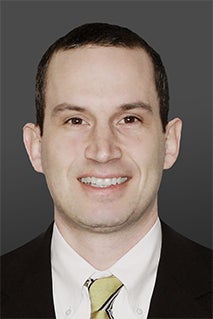
Even as more workers come off the sidelines, employers will face increasing difficulty filling jobs because of the departure of baby boomers from the workplace. … Also, poorly calibrated monetary policy to tame rising inflation could lead to a recession and tank the labor market. On the upside, the demographic tailwind of millennials may support the housing market even as interest rates rise. A large savings cushion could provide more of a boost to consumer spending and industries than expected.— Ryan Sweet, Senior Director of Economic Research, Moody’s Analytics

Job growth is slowing as the Federal Reserve steps on the brakes and raises rates while reducing its balance sheet. The labor force participation rate will continue to tick up slightly but will remain at levels below pre-pandemic highs. Many workers are still not back to the labor market due to reasons such as lack of childcare, caring for sick family members, early retirements or seeing a rise in their wealth from housing or stock investments.— Yelena Maleyev, Economist, Grant Thornton
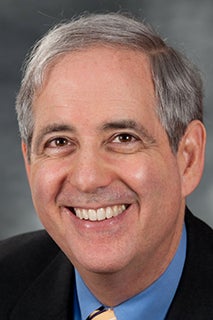
Economic growth remains strong. Employers are still looking for workers. More people are reentering the workforce. Higher interest rates will slow growth somewhat, so employment growth will be slower than the last year or so, but remain healthy by pre-pandemic standards.— Bernard Markstein, President and Chief Economist, Markstein Advisors
Methodology
The First-Quarter 2022 Bankrate Economic Indicator Survey of economists was conducted March 17-25. Survey requests were emailed to economists nationwide, and responses were submitted voluntarily online. Responding were: Ryan Sweet, senior director of economic research, Moody’s Analytics; Yelena Maleyev, associate economist, Grant Thornton LLP; Odeta Kushi, deputy chief economist, First American Financial Corporation; Lawrence Yun, chief economist, National Association of Realtors; Robert Spendlove, senior economist, Zions Bank; Robert Hughes, senior research fellow, American Institute for Economic Research; Joseph Mayans, director of U.S. economics, Experian; Mike Fratantoni, chief economist, Mortgage Bankers Association; Bernard Baumohl, chief global economist, The Economic Outlook Group; Scott Anderson, executive vice president and chief economist, Bank of the West; Bernard Markstein, president and chief economist, Markstein Advisors; Scott J. Brown, chief economist, Raymond James Financial; Mike Englund, chief economist, Action Economics; John E. Silvia, founder and president, Dynamic Economic Strategies; Kathy Bostjancic, chief U.S. economist, Oxford Economics; Bill Dunkelberg, chief economist, National Federation of Independent Business; Tenpao Lee, professor of economics, Niagara University; Robert A. Brusca, chief economist, Fact and Opinion Economics; and Robert Frick, corporate economist, Navy Federal Credit Union.
Why we ask for feedback Your feedback helps us improve our content and services. It takes less than a minute to complete.
Your responses are anonymous and will only be used for improving our website.




